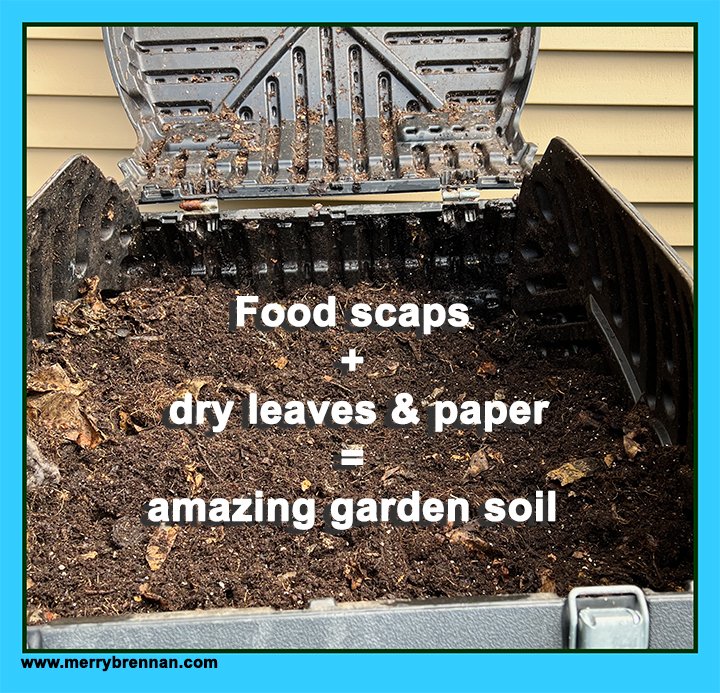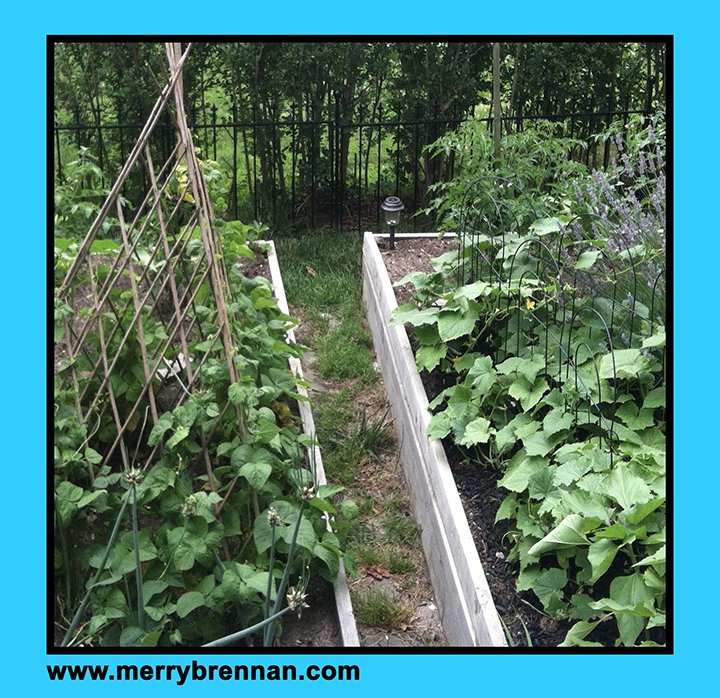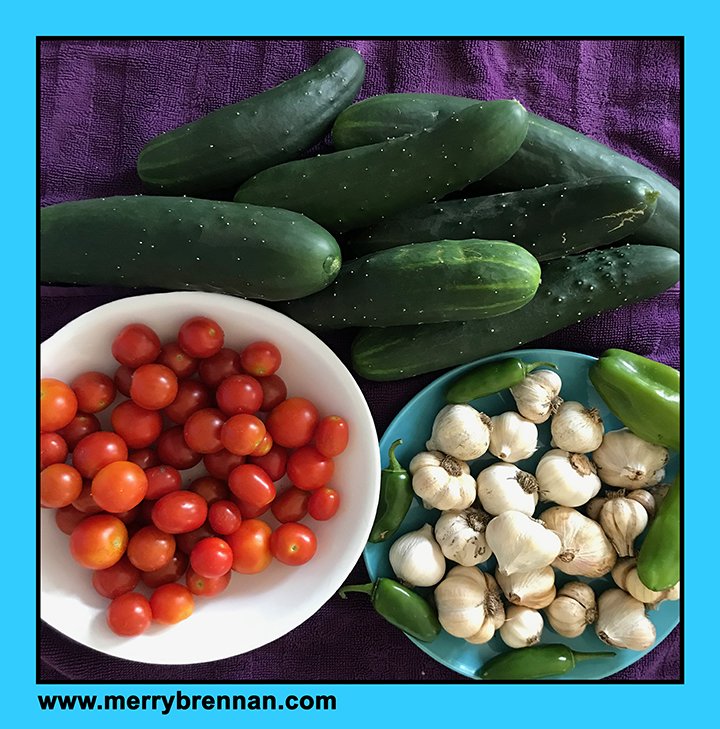Turn Food Scraps into Garden Gold
Want to grow your best garden ever? Save money? And help the environment? It’s easy with backyard composting! Though not magic, it sure seems like it when your carrot peels, avocado pits and stale bread turn into the richest soil you’ve ever seen.
Composting is nothing more the natural decay process that happens to any organic material when it lays around long enough. Yes, you could think “rotting.” But composting, as you’ll see in a bit, is done in a way that avoids stink and vermin.
One of the powerhouses behind compost are earthworms. These under-appreciated wigglers literally consume organic matter in the ground and leave behind amazingly rich, fertile “castings.” Just by eating, pooping, ploughing, ventilating and fertilizing, these worms make it possible for us to live on the planet. In fact, Charles Darwin said all agricultural land in the world passed through an earthworm at some point. Imagine that!
People have been composting for thousands of years and you can too. It’s simple to use yard clippings, fruit rinds, vegetable parings, eggshells, plain grains, and dozens of other “ingredients” that would otherwise wind up in your trash. Which brings us to the eco benefit.
Converting Your Garbage
I originally started composting to reduce our waste load, and it definitely worked. Between our compost bins and recycling, my family of five only had to put out one garbage can every week or so.
The EPA estimates that food waste makes up at least 20% of everyone’s trash. Grass, leaves and other yard clippings contribute another 20%. You might think this is no big deal if these organics eventually break down anyway. But the thing is, garbage in landfills is so compacted that there’s no air circulation, which is needed for decay. So even after decades, you’ll find a whole banana peel or newspaper buried in landfill mountains. The good news is that many landfills won’t take yard waste anymore, and some towns collect leaves for their own huge composting operations. Yet that still leaves millions of tons of food waste. With landfill space dwindling (no one wants one in their town) and costs rising (meaning our taxes), composting is a perfect solution for everyone.
Easy DYI
I might have started composting to lessen our trash, but I quickly became awed by its impact on my flowers and veggies. Beyond creating fabulous soil, compost makes digging easier, holds moisture, reduces the need for fertilizer or peat moss (yes, saving money), and helps keep plants healthy without garden chemicals (saving more $ and keeping these chems out of our water table.) Ultimately, healthy plants help clean our air and conserve our soil. What a win-win!
It's easy to start backyard composting. At its simplest, you can just start a pile in the corner of your backyard or purchase one of the containers designed for composting. I started with a pile fenced in with chicken wire, but now prefer the containers.
The key to compost success – and to keeping away pests or stench – is to make sure your pile contains 50% “green” materials, which tend to be wetter, and 50% “brown” materials, which help absorb excess moisture and deter odors (see examples below.) That means every time you add fruit or veggie peels, you also should put in an equal amount of leaves or paper strips.
Here are a few other tips:
For peak decay, compost should be about as wet as a wrung-out sponge. If it’s too wet, add more “browns.” If it’s extremely dry, add some water.
The smaller the pieces, the quicker they’ll degrade, so some people chop their peels.
You can also speed decomposition by turning or aerating your pile every few weeks.
You can throw in a shovelful of dirt or finished compost to jumpstart your pile.
Some people who really work their piles (turning regularly with a pitch fork and chopping their waste into tiny pieces) , create compost in as little as a couple of months. But really, if you just leave your mix of browns and greens, and it rains occasionally, you’ll eventually get beautiful compost.
I leave a small covered bucket under my kitchen sink for daily discarding of coffee grounds, tea bags, fruit/veggie scraps and plain grains (cooked rice, bread without butter.) When it’s full, I dump it in one of my three backyard containers. To avoid insects or smells, I line the kitchen bucket with strips of newspaper before I put in any food scraps.
You know your compost is “done” when it's dark brown, crumbly and smells like fresh turned earth. Honestly, I often spread my compost when it still has speckles of eggshells.
Following are common “greens” and “browns,” but people get quite creative, finding new materials to keep out of the garbage and feed their compost, like dryer lint and torn cereal boxes.
Green Materials
New grass clippings
Garden trimmings
Green leaves
Fruit & veggie scraps
Egg shells
Nut shells
Plain grains (cooked rice, bread)
Coffee grounds & filters
Tea leaves & bags
Livestock (vegetarian) manure
House plants
Brown Materials
Dry grass and leaves
Straw
Shredded paper
Wood chips & sawdust
Fireplace ashes
Hair & fur
One big No-No!
• DO NOT add meat, animal products, oils or fat. These will make your compost stink and attract unwanted critters.
Whether you actively work your pile, or take the laid-back approach, you’ll be amazed at nature’s “magic” and wowed by the high-growth results in your garden!
P.S. Want some benefits of composting without a compost pile? Collect coffee grounds, tea bags and vegetable waste, then bury them around existing plants and in plot furrows a month or so before you’ll be planting.





